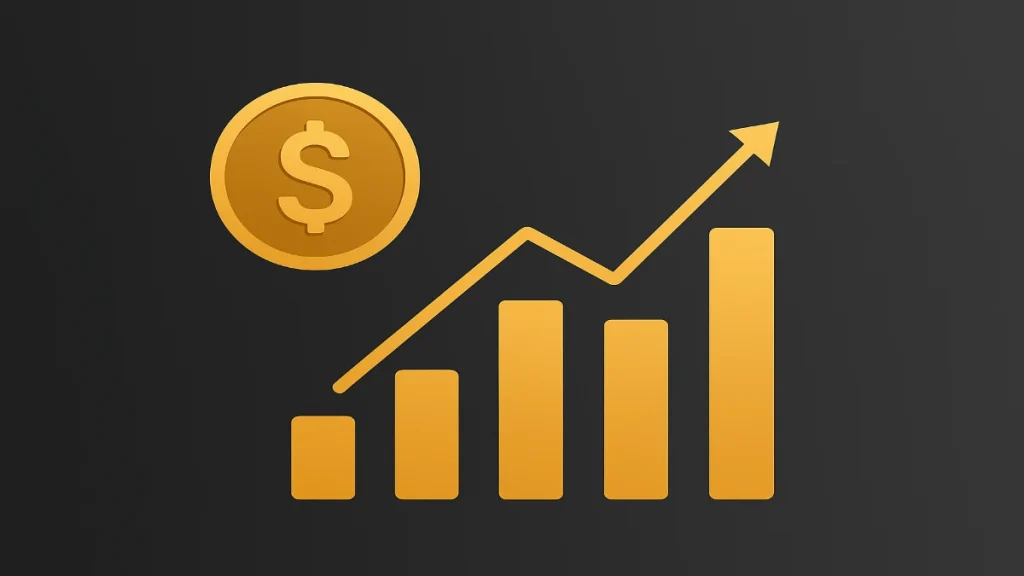Introduction: Following the Influence, Not the Headlines
When discussing foreign influence in American politics, much of the public imagination goes straight to the Foreign Agents Registration Act (FARA) — the 1938 law designed to make foreign lobbying transparent. Yet, there’s an entire universe of U.S.-based organizations with foreign ties that operate entirely outside FARA’s scope, because they are legally domestic entities.
These groups—many representing diaspora communities, bilateral business interests, or foreign policy advocacy—are registered under U.S. law as nonprofits, PACs, or Super PACs. They are not required to disclose foreign principal relationships under FARA, yet they still exert measurable influence through campaign contributions, outside spending, and federal lobbying.
This analysis examines the top 10 such organizations for the 2024 election cycle (January 2023–December 2024), using data from OpenSecrets and public filings. The rankings reflect total dollar influence—a combined measure of lobbying expenditures, campaign contributions, and outside (Super PAC) spending, calculated per legal entity to avoid double-counting across affiliates.
Methodology
The ranking aggregates:
- Campaign contributions (to candidates and parties)
- Outside/Super PAC spending (independent expenditures)
- Federal lobbying (as reported under the Lobbying Disclosure Act)
All entities listed are:
- Not registered under FARA, and
- Significantly linked to a foreign country (by advocacy, membership, or mission).
Affiliated organizations—such as AIPAC’s lobbying arm, its PAC, and its Super PAC—are listed separately, in keeping with OpenSecrets’ methodology.
The 2024 Snapshot: Top Non-FARA, Foreign-Connected Influencers
| Rank | Focus / Country Link | Entity (Legal Filer) | What’s Counted | 2024 Total (USD) |
|---|---|---|---|---|
| 1 | Israel | AIPAC (org) | Contributions $51,848,113 + Lobbying $3,324,268 | $55,172,381 |
| 2 | Israel | United Democracy Project (Super PAC) | Outside spending | $37,860,200 |
| 3 | Israel | J Street (org) | Contributions $6,618,967 + Lobbying $595,000 | $7,213,967 |
| 4 | Israel | Democratic Majority for Israel (org + PAC) | Outside $4,613,993 + Contributions $423,930 | $5,317,923 |
| 5 | Israel | AIPAC PAC | Candidate contributions | $3,037,900 |
| 6 | China | U.S.–China Business Council | Lobbying $250,000 + Contributions $178 | $250,178 |
| 7 | Armenia | Armenian Assembly of America | Lobbying | $230,000 |
| 8 | India | U.S.–India Strategic Partnership Forum | Lobbying | $120,000 |
| 9 | Turkey | Turkish Coalition USA PAC | Total contributions $88,651 (to candidates $32,650) | $88,651 |
| 10 | Pakistan | PAKPAC (Pakistani American Public Affairs Cmte) | Candidate contributions | $77,500 |
All figures from OpenSecrets’ 2024-cycle summaries.
Reading the Data: Context and Concentration
What the numbers reveal is not controversy but concentration.
Nearly all of the measurable dollar influence in this category is clustered in one ecosystem: pro-Israel advocacy organizations. Between AIPAC, its affiliates, and counterparts like J Street and DMFI, over $100 million flowed through legal, U.S.-based channels during the 2024 cycle.
By comparison, other diaspora and bilateral groups—such as the U.S.–China Business Council, the Armenian Assembly of America, or PAKPAC—operate at one-half to one percent of that scale. These smaller entities often focus on community outreach, trade facilitation, or regional diplomacy rather than election-cycle muscle.
This imbalance highlights how unevenly resourced the advocacy landscape is. Some networks have decades of infrastructure, donor coordination, and political access, while others remain modestly funded and narrowly focused.
About the “Bias” Question
In earlier drafts of this analysis focusing on the top three sources in terms of net dollar amounts, Pakistani-American organizations were left out—not out of intent, but out of scope. Their spending simply didn’t register in the same order of magnitude. That omission, though, is a reminder: even when working from data, focus can create perceived bias.
It’s fair criticism, and one worth embracing. Transparency starts with acknowledging that scale and proportionality can shape attention as much as intention.
Why “Non-FARA” Matters
FARA’s original purpose was to expose covert foreign influence. But today, some of the most influential foreign-linked advocacy happens entirely outside it—through American citizens and domestic structures that are lawful and deeply integrated into the U.S. political system.
That raises a legitimate question for policymakers and voters alike:
When does diaspora advocacy become de facto foreign influence, and how should disclosure evolve to reflect that?
The data itself doesn’t answer that question—but it makes clear where the most significant money streams currently flow.
Influence Without Invisibility
This ranking isn’t a moral verdict—it’s a map of financial influence within a specific, legal gray zone between domestic lobbying and foreign interest representation.
The fact that one advocacy network outspends all others by orders of magnitude tells us less about motive and more about organization, funding, and access. The American political finance system rewards capacity, not necessarily intent.
By following the money, we don’t have to accuse anyone—we simply illuminate how democracy is shaped by the scale of participation.
Author’s Note:
All financial data sourced from OpenSecrets.org, covering the 2024 election cycle (Jan 2023–Dec 2024). Figures reflect reported totals as of Q3 2024.




